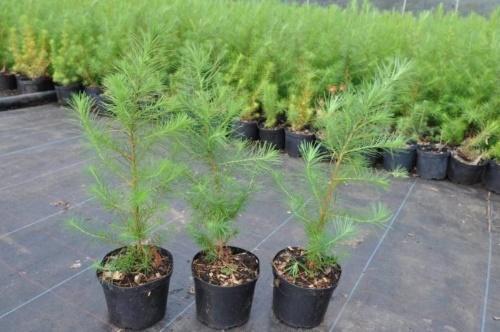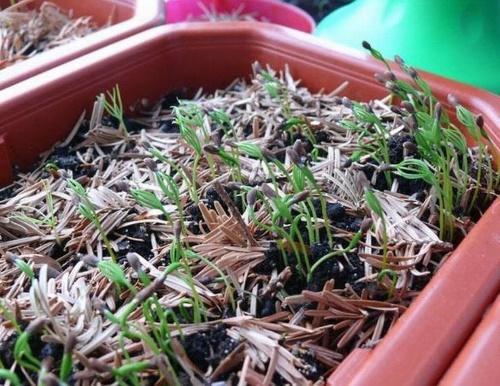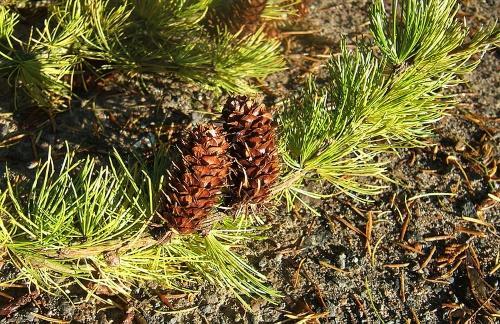How larch reproduces: two ways to get a new tree
 Larch occupies a special place among conifers. In its appearance, it does not stand out among its relatives and pleases the eye with lush green needles. But there is one nuance: they crumble for the winter. So it turns out that coniferous larch is a deciduous culture. But it has other advantages: the tree is able to grow where others do not survive. Moist and acidic soils are not afraid of her, and some species even feel good in partial shade. The tree is not afraid of drafts, frost and sudden changes in temperature. It rarely gets sick, while the annual growth can reach 1 m.However, this unpretentious culture still has some nuances of cultivation, and they relate to reproduction. Unlike most conifers, larch reacts poorly to cuttings, but it is planted well with seeds. Knowing the subtleties of how larch reproduces, you can avoid annoying mistakes and get a good result.
Larch occupies a special place among conifers. In its appearance, it does not stand out among its relatives and pleases the eye with lush green needles. But there is one nuance: they crumble for the winter. So it turns out that coniferous larch is a deciduous culture. But it has other advantages: the tree is able to grow where others do not survive. Moist and acidic soils are not afraid of her, and some species even feel good in partial shade. The tree is not afraid of drafts, frost and sudden changes in temperature. It rarely gets sick, while the annual growth can reach 1 m.However, this unpretentious culture still has some nuances of cultivation, and they relate to reproduction. Unlike most conifers, larch reacts poorly to cuttings, but it is planted well with seeds. Knowing the subtleties of how larch reproduces, you can avoid annoying mistakes and get a good result.
So, larch can be propagated only by two methods:
- sowing seeds for seedlings;
- by rooting the layering.
Let's take a closer look at each method.
As for grafting, this method is almost never applied to larch due to its ineffectiveness. Cuttings are extremely reluctant and rarely take root, so there is no point in messing with them. It will be much more effective to sow seeds or dig in layers.
The subtleties of growing larch from seeds

Crops must be kept in a cool place until spring. It can be a refrigerator or a closed loggia where it is not very cold.
With the arrival of spring, the crops are transferred to heat and covered with foil. They should sprout in less than a month. Then the shelter is removed. Overgrown plants dive. In the summer, larch seedlings can be taken out into the garden, but in the fall they need to be taken indoors. Young seedlings are transplanted into open ground at the age of 2 years.
How does larch propagate by layering?
 This method is used for dwarf and creeping varieties in which the lower branches grow close to the soil. In natural conditions, this is how they reproduce. The result is good if everything is done correctly, namely:
This method is used for dwarf and creeping varieties in which the lower branches grow close to the soil. In natural conditions, this is how they reproduce. The result is good if everything is done correctly, namely:
- a branch is selected that grows as low as possible;
- bends down to the ground;
- fixed;
- sprinkles.
After about 4 months, the cuttings form their own root system. But he still has to survive the first winter together with the parent tree. And already next season, it will be possible to carefully cut off the young plant and transplant it to a permanent place.
On all sites, they write one to one copy. At least one site would tell you when you can cut the cuttings.
Since larch cuttings root poorly, this method is practically not used, therefore it is not considered in detail. It will be much more effective to make a layering, especially if you have the opportunity and an adult tree. If the method of grafting is interesting as an experiment, you can focus on the general rules. Slice them in the spring, when the larch begins to emerge from the dormant period, and root.